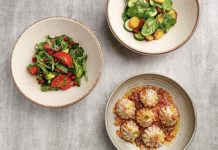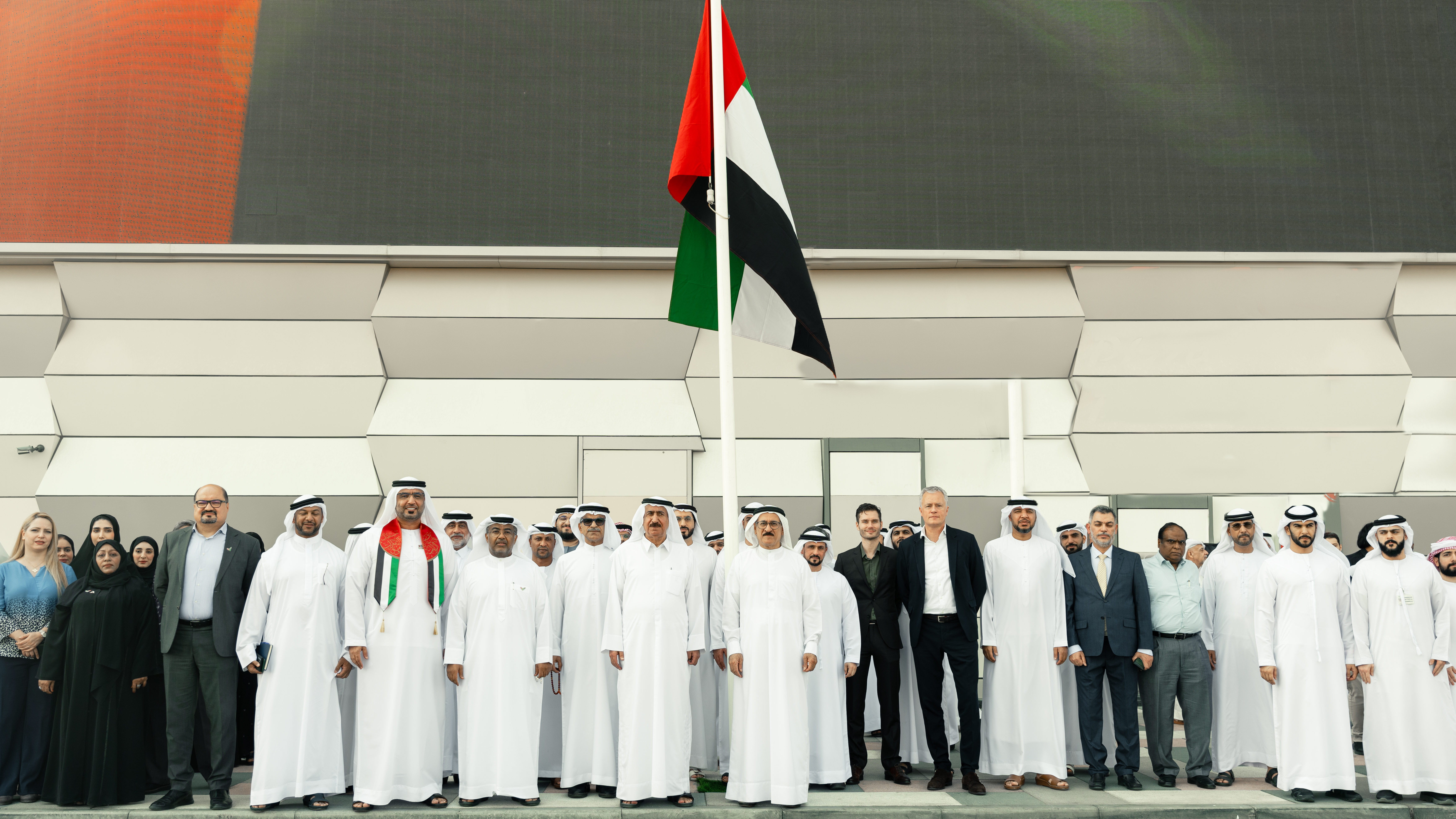Cultivation of European Rice promotes sustainability and protects the environment!
Dubai, United Arab Emirates, 24 May 2023
Achieving carbon neutrality by mid-21st century is imperative to limit global warming to 1.5 degrees Celsius, which is considered a safe threshold by the Intergovernmental Panel for Climate Change (IPCC) and is also included in the Paris agreement signed by 195 countries, including the EU.























